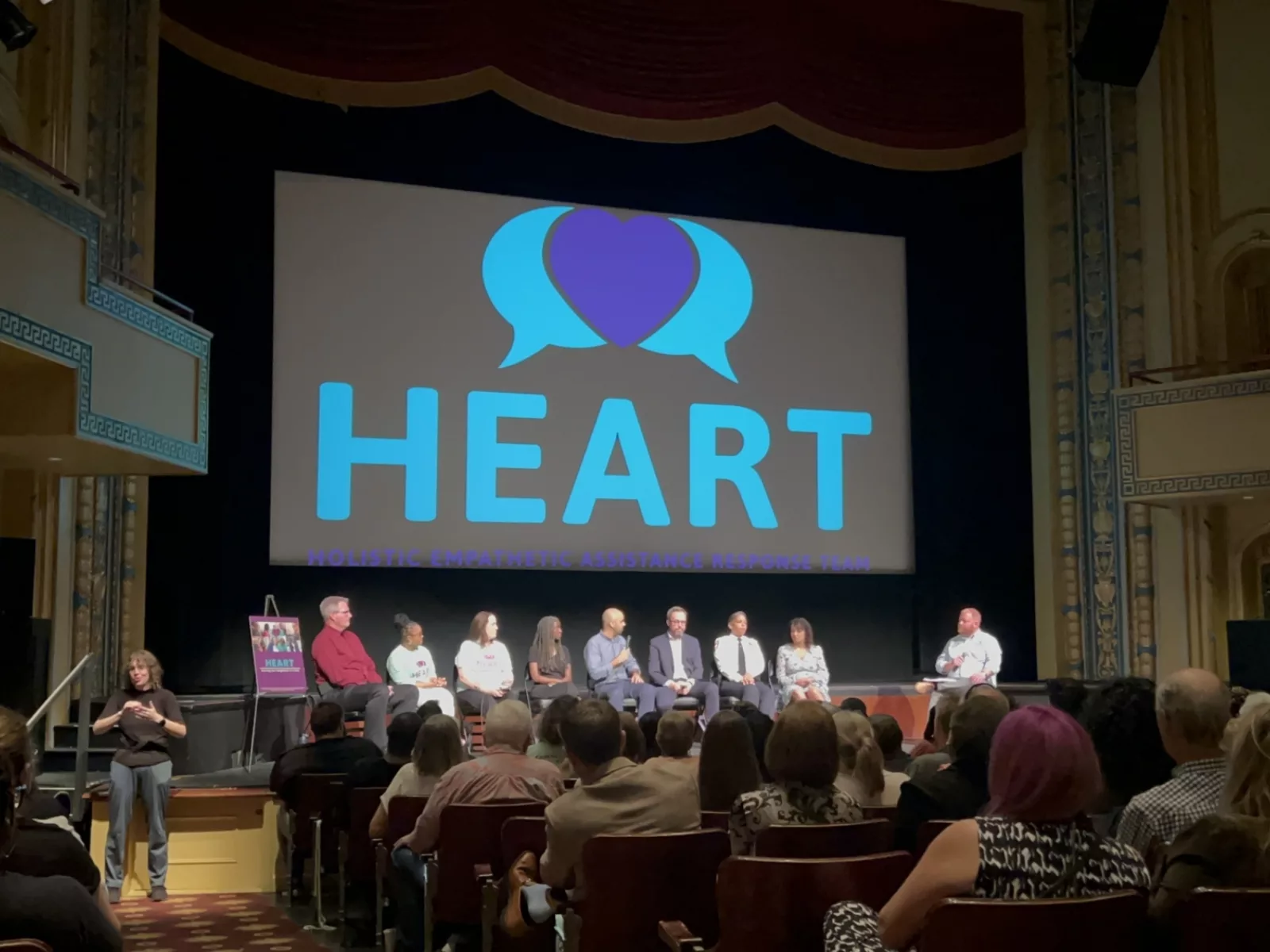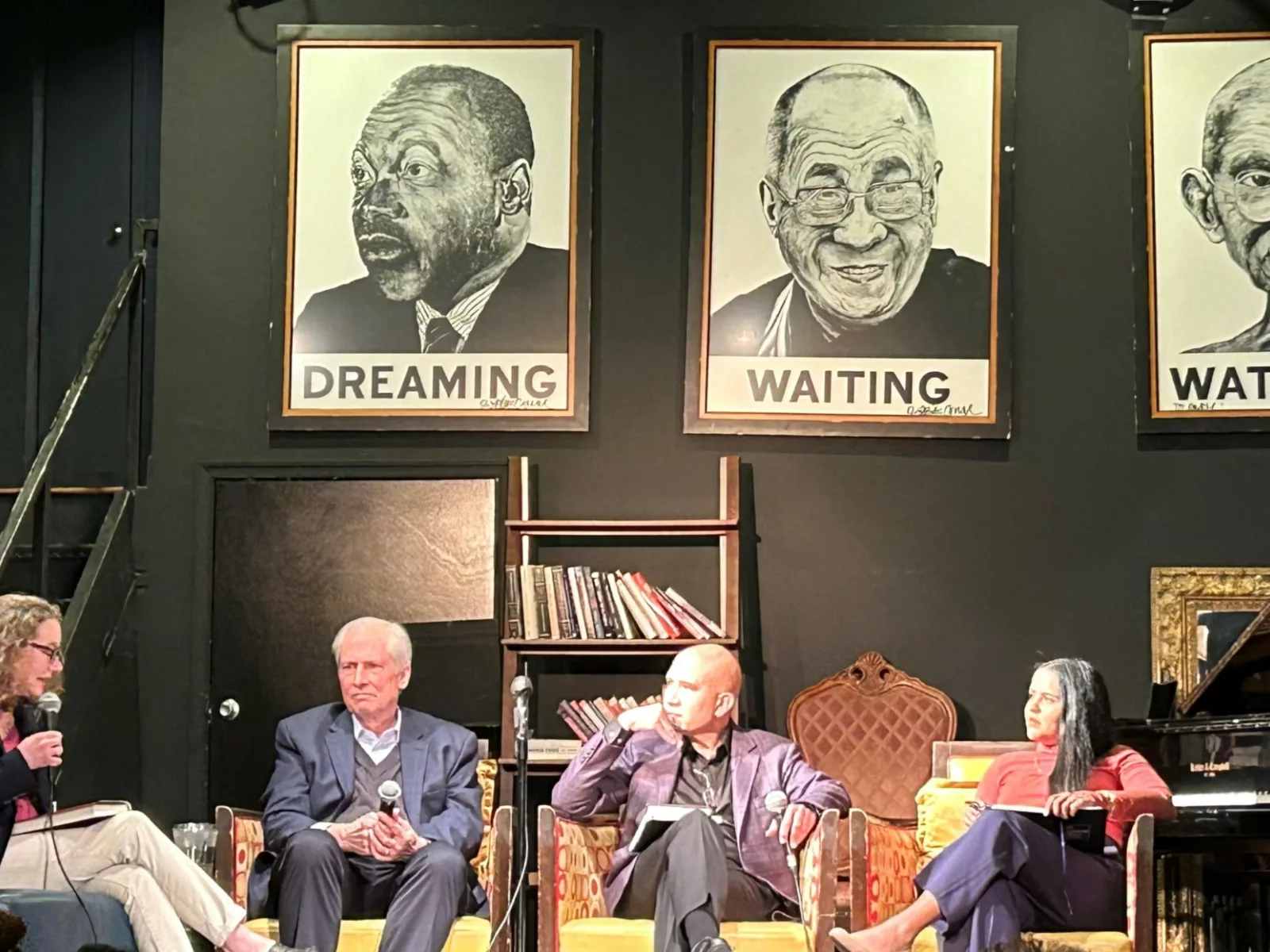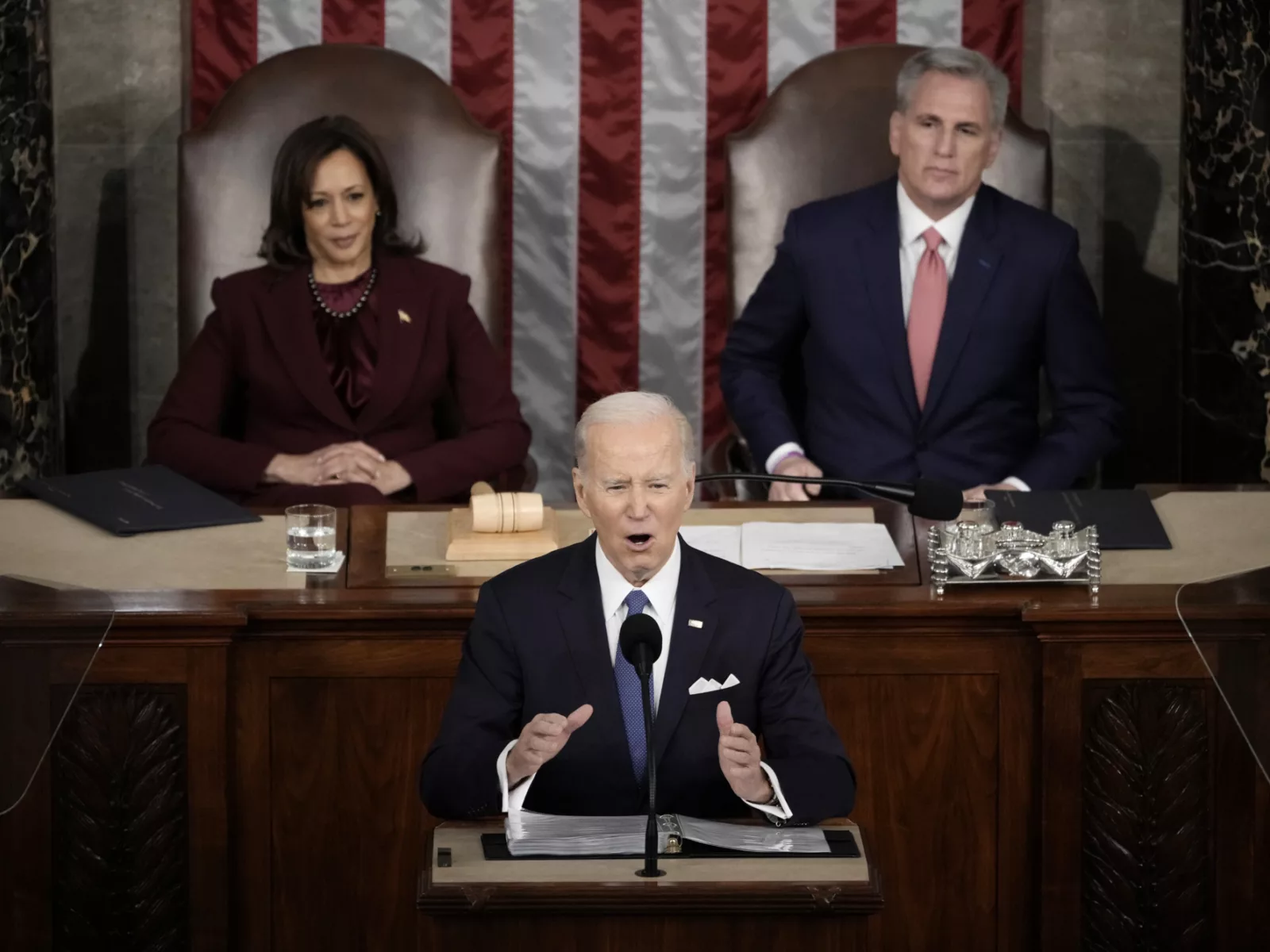Editor’s note: Ted is a pseudonym being used to protect the identity of those included.
Ted grew up on his family’s ranch in Iowa, playing Little League baseball, participating in Boy Scouts, and developing a writing talent that would eventually make him a published author. By his early 40s, though, he was suffering from alcohol addiction and depression and living on the streets of Iowa City. Despite putting in the hard work of abstaining — for as long as six months at a time — he was still cycling in and out of homeless shelters. His relapses would often land him in the hospital. On one occasion he passed out, was taken by ambulance to an emergency room, and then released — only to go on to have another incident that landed him in the emergency room of a second hospital.
Individuals like Ted, who cycle repeatedly through emergency rooms, jails, homeless shelters, and other public assistance programs, are commonly identified as “frequent utilizers.”
Cities across the country are finding that this small, distinct population is responsible for a significant use of public resources. For example, 97 people were behind 39,000 collective days in either jail, emergency rooms, state hospitals, or psychiatric facilities over a five-year period in Miami-Dade County, Florida. And Philadelphia found that 20 percent of the individuals identified as chronically homeless accounted for 60 percent of the annual public costs for corrections, behavioral health, and homelessness services.
Mental illness and substance use disorder is a common thread among frequent utilizers. An estimated 64 percent of the people in local jails across the country suffer from mental illness, and 68 percent have a substance use disorder. There are more than three times as many mentally ill people in American jails than in our mental health facilities.
Now more than ever it is critical that local jurisdictions keep people out of jail to help prevent the spread of COVID-19. Social distancing, routine hand washing, and other hygienic steps necessary to prevent exposure to the virus are difficult behind bars. Criminal justice advocacy groups, such as the Vera Institute of Justice, have recommended that cities, counties, and states take immediate steps to reduce jail populations and connect those leaving custody with medical care, housing, and other essential services.
For sites across the country, however, these sorts of efforts were underway even before COVID-19 was a household term. Through the Data-Driven Justice Initiative, 150 jurisdictions use targeted methods to connect those at risk of ending up behind bars to more appropriate alternatives.
“There’s a national recognition that jail is not the place for people with mental illness or substance use issues, or who are experiencing homelessness,” said Catie Bialick, Criminal Justice Manager at Arnold Ventures. “But in many communities, jail is the only, and often easily available, option.”
That’s why the Obama Administration launched the Data-Driven Justice Initiative (DDJ) in 2016 to identify frequent utilizers and find more coordinated, holistic ways to meet their needs. The initiative started by partnering with 67 city, county, and state governments that committed to using data-driven strategies to divert individuals with mental illness and who were involved in low-level crimes away from the criminal justice system. After the end of the Obama administration, support for the national initiative was picked up by Arnold Ventures. The bipartisan effort has since grown to include 10 states, 93 counties, 42 cities, and 5 city/county consolidations that collectively represent more than 94 million people across the country.
Arnold Ventures provides financial support to the National Association of Counties for the management and support of individual jurisdictions, and has committed $17 million to study the effectiveness of various frequent utilizer intervention and emergency response programs. The Foundation also directly funds three pilot sites — Middlesex County, Massachusetts, Johnson County, Iowa, and the city of Long Beach, California — which agreed to serve as pilot sites to test the data-driven justice approach.
Through trial and error, project managers at the pilot sites have taken different approaches to work with health, criminal justice, and social service agencies to identify ways in which sharing information can lead to better decisions regarding responses to frequent utilizers. David Schwindt, the DDJ Project Manager for Johnson County, advises, “Start with the people you already have good relationships with, the front-line workers. They can tell you what the pain points of their organizations are at that moment in time. If data sharing can help solve that pain point, then you can tailor your pitch to agency leadership — ‘I understand you’re struggling with X. Here’s how we can help.’”
A Tailored Approach
Once the pilot sites integrated data across justice, health, and service providers, they were able to identify and better understand the needs of frequent utilizers in their community. With the goal of breaking the cycle of contacts with the justice and emergency health system for frequent utilizers, each site set its own parameters for how their community defines and aims to serve this population — Johnson County, for instance, settled on a threshold of six or more jail bookings over a two-year period, which yielded a total of 144 people. Long Beach focused on people with eleven or more arrests in the previous five years, which narrowed a total repeat user population of about 15,000 down to just 875 “super-utilizers.” Middlesex County discovered that just two percent of defendants were responsible for 13 to 15 percent of all police contacts.
Through DDJ programs, local governments are able to tear down departmental silos and not only divert people from the criminal justice system, but also connect them with the services they need. For example, in Middlesex County, many police departments have access to licensed clinicians who can support individuals in need of mental health treatment and other services. However, without the full picture of an individual’s contacts across different county agencies, clinicians are unaware of the full scope of eligible individuals, meaning some people may slip through the cracks without this valuable resource.
Frequent utilizers are also costly. Local governments spend approximately $22 billion a year on their jails, which predominantly house people involved with low-level crimes. Because most frequent utilizers are either on Medicaid or lack insurance, their medical bills are ultimately paid by taxpayers or private hospitals.
“There’s a relatively small number of highly vulnerable people that cycle repeatedly through jails, emergency rooms, and shelters,” said Bialick, of Arnold Ventures. “They get fragmented, uncoordinated care at great cost to taxpayers, for very poor outcomes.”
The point of identifying frequent utilizers is to establish a coordinated response that better meets their needs while saving local jurisdictions money. In 2018 Long Beach partnered with The Guidance Center, a local nonprofit, to place a mental health clinician in their local jail for 40 hours a week. The clinician identifies arrestees who might be eligible for mental health and substance use disorder diversion programs. If the prosecutor accepts the recommendation, Long Beach gives the newly released person a free ride to a homeless shelter or other service provider. A multi-disciplinary team continues to track the individual’s progress during bi-weekly conference calls.
Providing better services to frequent utilizers helps keep them out of jail and the ER, which is vitally important with the growing pandemic. In Long Beach, a case manager obtained Section 8 housing for one recently released individual, then worked with the police department and city prosecutor to get several bench warrants removed so that the individual wouldn’t be re-arrested.
“It’s already a big deal to get someone housed, but we don’t stop there,” said Alma Castro, the manager of Long Beach’s Justice Lab. “We always ask, what do we need to do to keep this person housed?”
Johnson County built a 24-unit apartment building with wrap-around social services on site as part of its “housing-first” approach to frequent utilizers. When an apartment becomes available, case managers use the data they collected through the Arnold Ventures DDJ initiative to identify the people most in need of housing. After discovering that public intoxication was the most common charge for people arrested in the county, local leaders included a sobering center in their plans for a soon-to-be-built behavioral health access center. Severely intoxicated individuals can be sent there, rather than to jail or the ER. This will free up police officers, who will no longer have to wait at the ER with arrestees until they receive treatment.
“Everybody suffers from the system as it stands,” said Middlesex County Sheriff Peter Koutoujian. “Our health care providers suffer from the costs they’re incurring. Our taxpayers suffer. Our community suffers, because these are people who are chronically impacting the quality of life. But most importantly, these individuals are suffering. They don’t want to live like this. They want to be fulfilled. They want to live life like the rest of us are doing.”






















